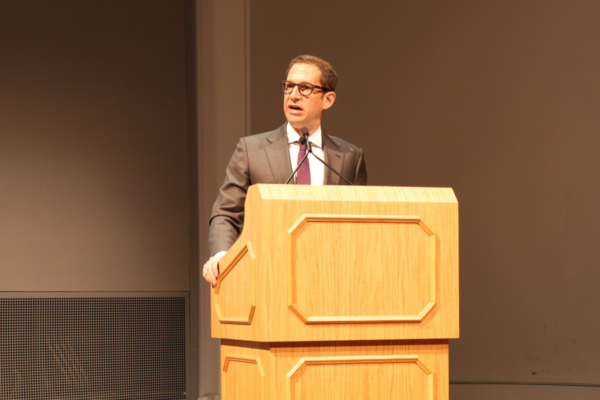On April 1, 2025, the San Francisco foundation Crankstart released a report titled “Streets to Stability.” The report indicates that over the past 20 years, the city government has invested billions of dollars in an attempt to address the homelessness crisis, with little to no significant improvement.
The report estimates that in the fiscal year 2023-24, San Francisco city and county spent between $1 billion to $2 billion on services for the homeless, translating to an average cost of over $75,000 to $100,000 per homeless individual. The cost for treating the most urgent cases could be even higher, exceeding $250,000 per year. Currently, the city has approximately 8,300 homeless individuals, with an estimated 20,000 people expected to face homelessness this year.
Mayor of San Francisco, Daniel Lurie, who took office in January, vowed to address the fentanyl crisis, subsequently implementing a series of related measures. Last month, he signed the “Breaking the Cycle” executive order, outlining a hundred-day, six-month, and one-year plan aimed at breaking the vicious cycle of homelessness.
In response to the city’s actions, the Crankstart Foundation produced a 108-page report combining charts, data analysis, and case studies to analyze the root causes of the city’s homelessness crisis. The report highlighted issues such as the lack of accurate tracking of expenditures by the city government, failure to consider hidden costs within hospitals, the justice system, and prisons, and complex management structures leading to coordination gaps and service shortfalls.
The report is centered around four main goals and proposes 12 recommended measures, providing the mayor with a concrete set of reference points.
Goal One: Prevent Homelessness. By 2032, approve the construction of 46,000 affordable housing units as part of the state’s requirement to build 82,000 housing units; provide timely economic support; address non-economic factors contributing to homelessness.
Goal Two: Reduce the time spent homeless. Introduce more comprehensive case management and care services; create a user-friendly digital platform for easier resource management by planners and service recipients; expand and improve existing temporary and permanent supportive housing.
Goal Three: Prevent recurring homelessness. Establish stable employment pathways and wages to help homeless individuals break free from poverty and live independently; directly address homelessness stemming from substance abuse and provide enhanced treatment for severe mental illness (SMI) and substance use disorder (SUD) patients; reform the “Journey Home” program to provide sustainable relocation.
Goal Four: Implement effective management. Simplify city government management processes, enhance coordination with other areas in the Bay Area to reduce resource wastage and improve efficiency; apply outcome-based contract systems for simpler and more effective services; increase sources of public funding outside of the city government.
Each of the 12 recommended measures includes specific, measurable goals to ensure accountability and track progress.
At the press conference, Crankstart founder Michael Moritz expressed that Mayor Lurie seems to have adopted some of the report’s recommendations in his “Breaking the Cycle” executive order, labeling the report as “potentially the first comprehensive overview of the homeless issue in San Francisco.”
Though Mayor Lurie did not comment on the specific recommendations in the report during the event held at the War Memorial Veterans Building, he acknowledged in his speech that the report will help identify the most effective interventions and ensure taxpayer funds are well utilized. He emphasized that San Francisco is facing a serious drug overdose and homelessness crisis, with an average of two people dying from drug overdoses on the streets or in hotels daily. To effectively address this crisis, “we must clearly understand where the problems lie.”
In light of this, the city is taking a “data-driven” approach, “integrating data from health, housing, and social services” to better understand the needs of the homeless population and track outcomes to ensure effective policies.
“This will take time,” Mayor Lurie admitted. “Our crisis did not happen overnight, and therefore, it cannot be solved overnight either. But within a year, we can establish an operational system—a system that holds nonprofits accountable and prioritizes helping people get the assistance they need.”
Crankstart founder Moritz expressed willingness to assist the city in driving reform and making tangible progress, showcasing to the world how San Francisco swiftly addresses this issue.
Tipping Point Community, founded by Mayor Lurie 20 years ago, is a nonprofit organization dedicated to eradicating poverty. Crankstart and Moritz have made donations to this organization in the past. Tax documents show that as of 2023, Crankstart had about $3.9 billion in assets and donated around $204 million to charitable projects that year.
According to Crankstart’s website, its funding is primarily used to “strengthen the foundations of a just society,” with most grants ranging between $100,000 to $1 million, with approximately 60% being directed to organizations in the San Francisco Bay Area.

